Headaches Aafter Pranayama
9 months ago By Yogi AnoopFatigue, Insomnia, and Headaches During Pranayama: A Philosophical Analysis
Pranayama is an essential component of yoga, described in ancient scriptures as a method to regulate life energy. It is not merely a breathing exercise but a science that balances the mind, body, and consciousness. It promotes mental peace, spiritual progress, and the flow of physical energy. However, when this practice begins to cause fatigue, insomnia, headaches, or fluctuations in blood pressure, it is not merely a physical reaction—it is also connected to our approach and mindset.
Many practitioners treat pranayama as a technique but fail to understand its depth. They attempt to practice it for extended periods, diving into it without proper guidance. As a result, they unintentionally interfere with the body’s natural processes, leading to imbalances. If pranayama is a method to regulate life energy, then why does it sometimes create disharmony? Is the problem with pranayama itself, or with the way we practice it?
Breathing is a natural process that maintains harmony between the body and the brain. However, when a practitioner tries to control it with excessive awareness, it disrupts its natural rhythm. Many experience a sensation of breathlessness, a feeling that they cannot breathe, or a sense of panic. This is a psychological illusion, often referred to in yoga as the problem of ‘over-awareness.’
When we try to ‘control’ the breath, our consciousness becomes overly fixated on it. This fixation eventually leads to psychological stress. Some practitioners feel as if their breath has ‘stopped,’ even though in reality, it has not. This is the effect of excessive concentration on a single point, which makes the brain uncomfortable.
This raises an important question: if yoga encourages us to become aware of our breath, why does this awareness sometimes lead to stress? The answer lies in balance. If a person suddenly starts practicing pranayama for long durations without understanding whether their body and mind are ready for it, it can naturally lead to mental instability.
Pranayama influences the body’s internal chemistry. When we take deep breaths, the ratio of oxygen and carbon dioxide in the body changes. This shift also affects the brain’s neurochemistry. If someone practices prolonged breath retention (kumbhaka) without proper knowledge, it can disrupt the balance of oxygen and carbon dioxide in the blood, leading to dizziness, headaches, fatigue, and anxiety. Sometimes, practitioners feel a sense of lightness, but this sensation may be due to a lack of oxygen in the body.
Here, it is crucial to understand that the benefits of pranayama do not come from ‘doing more’ but from ‘doing it correctly.’ Simply extending the duration of breath retention or breathing intensely without understanding the body’s response can lead to harm rather than benefit.
Some practitioners develop a sense of pride in their achievements with pranayama. They begin to believe they have complete control over their breath and are superior to others. This ego gradually affects both their mental and physical health. The fundamental principle of yoga is ‘ego-dissolution,’ but when a practitioner starts seeing themselves as superior to others, they create obstacles in their own path.
Sometimes, this ego prevents individuals from recognizing their limits. They ignore signs of fatigue, headaches, or insomnia because they believe they are ‘fully capable.’ However, the greatest wisdom in yoga is listening to the language of the body and mind. If there are signs that a practice is causing exhaustion or discomfort, it means an imbalance is occurring, and ignoring it is self-deception.
Pranayama is only truly effective when practiced with ease and balance. Ignoring bodily signals and adopting the mindset of ‘doing more’ goes against the fundamental principles of yoga. Guidance from a teacher is also essential in yoga practice. Practicing pranayama without a teacher is like traveling without direction. A teacher not only shows the way but also helps the practitioner understand when to pause and when to move forward.
Additionally, it is necessary to embrace the breath naturally. The tendency to forcibly control it creates resistance. The real purpose of yoga is to experience the breath effortlessly, rather than seeing it as an achievement.
The problems that arise during pranayama remind us that yoga is not just a physical process but a path to self-realization. When a person practices it with ego, ambition, or impatience, the same path becomes a cause of imbalance.
Yoga practice is successful only when it becomes as natural as breathing itself. When we accept it with ease, it facilitates the flow of energy, but when we try to control it forcefully, it can create stress.
Thus, without proper guidance, balance, and self-awareness, yoga can become a burden rather than a practice. This is why yoga is described as the science of “being” rather than “doing.” When a practitioner understands it from this perspective, pranayama is no longer just a breathing technique—it becomes a profound experience of the self.
Recent Blog
Copyright - by Yogi Anoop Academy
